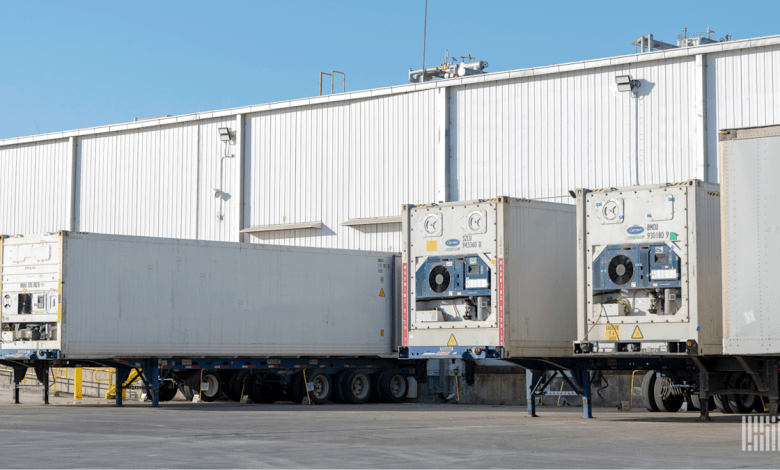The cold-cold market in the Middle East and North Africa is expected to beat $ 41.1 billion in 2030

The BCC Survey recently issued the “Cold Chain: Middle East and North Africa (MEHA)” market analysis. Based on their findings, it is expected that a market for a cold chain up to $ 41.1 Billion near 2030 for the average annual growth rate. 825-2030. The current amount of Mena market is $ 24.9 billion from 2024.
The report states that the speedy expansion of things, including increased demand for foods that can be damaged and pregnant products, free investment and AI on all logistics networks.
BCC research shows five leaders’ drivers after market acceleration:
-
A rising potive need: urban immune system, and the result of disposal, and inflation is burning of new fruits, vegetables, milk, and seafood products.
-
IE-Commerce and Grocery Storefront: As consumers have switched to more purchases, the functional need for final miles is increasing in urban areas.
-
Safety of General Food and Pharma Rules: MEHA Governments forces difficult controllers in food security and preservation, promoting the adoption of developed solutions to maintain compliance.
-
Investment in cold storage and smart Tech: Smart Warehouse, Real-time monitoring programs, and Automation are sent to improve efficiency and reduce corruption.
-
Earth’s trading site: Reaching in Europe, Asia, and Africa, the Mena region continues to work as a flash of temperature.
Cold storage continues to rule the market, making 56% of the global work in the region since 2024. In the meantime, shivering leads as part of a great technology, is expected to have a higher choice by 2030 for its performance.
Saudi Arabia leads a cold cold market, an accounting of 36% in the market in 2024. It is expected to preserve its earns in 2030, with the number of $ 16.5 billion market. The country has made a great improvement by strengthening its cold infrastructure as part of its national food safety plan.
Technical detections in the country plays an important role, with IOT devices and automated programs used to follow the actual temperature and Warehouse management. This new helps saudi arabia to achieve a growing need for temperature asset to both sectors and medicines.


